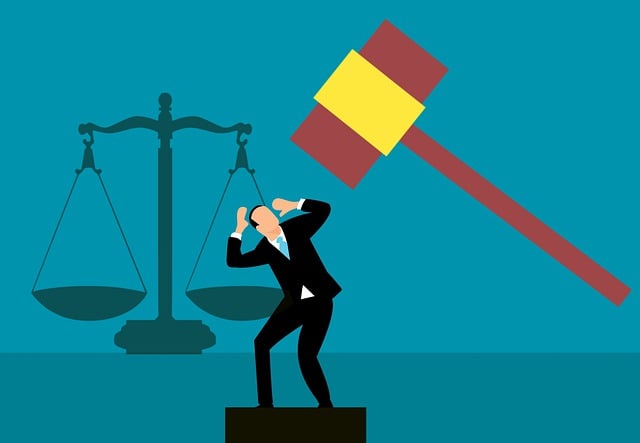Cyclists involved in accidents need to understand medical billing codes (ICD & CPT) to navigate compensation for medical bills. These codes, detailed in the CPT guide, act as a standardized language between healthcare providers and insurance companies, accurately documenting injuries and treatments. Recognizing these codes helps cyclists prepare and present medical expenses in accident settlements or injury compensation claims, ensuring fair reimbursement for bicycle accident-related medical bills. Accurate coding is crucial to avoid underinsurance or delayed payments. After an accident, managing medical bills can be challenging; consulting a lawyer, maintaining detailed records, and proactively communicating with insurers can help navigate financial complexities during recovery.
Bicycle accidents can lead to significant injuries and substantial medical bills. Understanding the intricate world of medical billing codes is crucial for cyclists seeking fair treatment and reimbursement. This article demystifies these codes, explaining how they impact your post-accident financial burden. We’ll guide you through the process, offering valuable tips for navigating medical expenses after a bicycle mishap, ensuring you know your rights and options in managing your bicycle accident medical bills.
- Understanding Medical Billing Codes for Bicycle Accidents
- How These Codes Affect Your Treatment Costs and Reimbursement
- Navigating the Process: Tips for Cyclists After an Accident
Understanding Medical Billing Codes for Bicycle Accidents

Understanding Medical Billing Codes for Bicycle Accidents
When it comes to bicycle accidents, accurate and detailed medical billing codes are crucial in navigating the complex process of seeking compensation for medical bills. These codes serve as a standardized language that healthcare providers and insurance companies use to communicate about treatments and expenses. Proper coding ensures that cyclists receive fair injury compensation based on the extent of their injuries and subsequent medical care.
For instance, International Classification of Diseases (ICD) and Current Procedural Terminology (CPT) codes are commonly used in billing for bicycle accident treatments. The ICD code identifies the specific injury, such as a fractured arm or whiplash, while the CPT code describes the procedures performed during treatment, like X-rays or physical therapy sessions. By understanding these codes, cyclists can better prepare their medical bills and evidence for potential accident settlements or injury compensation. This knowledge empowers them to advocate for their rights and ensure they receive adequate reimbursement for their medical expenses resulting from bicycle accidents.
How These Codes Affect Your Treatment Costs and Reimbursement

Medical billing codes play a pivotal role in determining your bicycle accident medical bills and reimbursement amounts. These standardized codes, found in the Current Procedural Terminology (CPT) guide, are used by healthcare providers to accurately document and report services rendered during treatment. When it comes to reimbursements from insurance companies or third parties responsible for your care, accurate coding is paramount.
In a bicycle accident, you might incur various medical expenses—from emergency room visits and hospital stays to physical therapy sessions and surgeries. The specific CPT codes assigned to each service impact both the cost of your treatment and the reimbursement amounts received. Inaccurate or incomplete coding could lead to underinsurance or delayed payments, putting a financial strain on your recovery process. Therefore, ensuring precise medical billing codes is crucial for managing and minimizing bicycle accident-related financial burdens.
Navigating the Process: Tips for Cyclists After an Accident

After a bicycle accident, navigating medical billing codes and the subsequent financial processes can be daunting for cyclists. Understanding your rights and responsibilities is crucial to managing unexpected medical bills effectively. The first step is to collect all relevant information from healthcare providers, including detailed receipts and diagnosis codes. These codes, such as those used for treatments like fractures or soft tissue injuries, are essential for insurance claims and eventual accident settlements.
Cyclists should also consider consulting an experienced accident lawyer who can offer guidance on billing practices and potential partnerships disputes that may arise. Keeping meticulous records and staying informed about one’s coverage limits and deductibles can help avoid financial pitfalls later. Additionally, being proactive in communicating with insurers and healthcare providers can streamline the process, ensuring a smoother recovery from both physical and financial perspectives.
Bicycle accidents can lead to significant medical bills, but understanding the role of medical billing codes is crucial in navigating these costs. By familiarizing themselves with these codes, cyclists can better manage their treatment expenses and reimbursement processes. Armed with this knowledge, victims of bicycle accidents are empowered to make informed decisions and ensure they receive fair compensation for their injuries.






